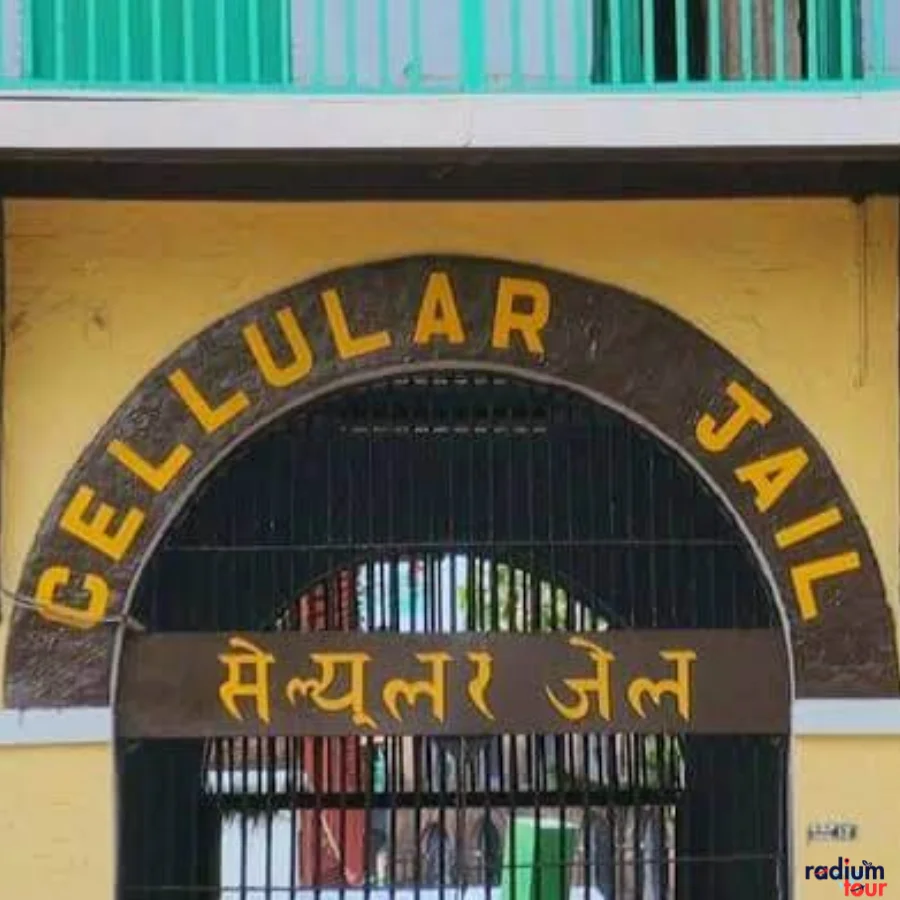Sacred Struggles: Cellular Jail
Introduction
The Cellular Jail, nuzzled in the core of Port Blair in the Andaman Islands, stands as a haunting trace of a extinct period. assembled by the British social autocrats during India’s struggle for independence, this redoubtable structure has come to emblematize oppression, fear, and the insuperable spirit of those who fought for freedom.
Given colloquially as” Kala Paani,” which translates to” Black Water,” the Cellular Jail’s very name sends jitters down the chine. It was a place of exile and imprisonment for innumerous Indian freedom fighters who dared to challenge British rule. moment, it has converted into a vital sightseer destination, serving as a poignant memorial of one of the darkest chapters in India’s hunt for independence.
As you step into the dimmed confines of the Cellular Jail, you’re transported back in time. The jail’s claustrophobic cells, each designed to insulate captures from one another, bear substantiation to the innumerous stories of valor and immolation. Within these grim walls, icons of the freedom movement endured unconceivable rigors, yet their spirit remained unbroken.
The armature of the Cellular Jail is admiration- inspiring in its auguring majesty. Its seven bodies radiate from a central watchtower, suggesting the spokes of a wheel, and this design allowed for effective surveillance and insulation of convicts. Each cell, a bitsy gauntlet of suffering, echoes with the recollections of those who sagged within.
For history suckers and culture suckers, a visit to the Cellular Jail is an absolute must-have. It’s a place where the history comes alive, where you can pay homage to the stalwart souls who offered their freedom for the nation’s cause. The stories etched in its walls, the offerings made within its confines, and the enduring heritage of the freedom fighters make the Cellular Jail an essential passage for anyone visiting Andaman island.
The History of Cellular Jail
The formidable Cellular Jail, a colossal structure of despair, bore witness to a decade of construction from 1896 to 1906. Its creation was fueled by a chilling vision—to craft a place of exile and isolation where incarcerated souls would endure brutal hardships within its solitary prison cells.
Situated in one of the most remote and inaccessible corners of India, this prison was designed to be inescapable. Its very name, “Kala Paani,” whispered dreadfully among the incarcerated, encapsulated the notion of “death waters.” To those within its cruel grasp, the prospect of escape was a distant dream.
Within these grim and foreboding walls, the Cellular Jail held many notable political luminaries captive. Veer Savarkar, Ullashkar Dutt, Yogeshwar Shukla, and others of their ilk were among the brave souls who endured its harsh confines. Their presence lent an air of resistance to the very heart of oppression, their spirits unbroken even in the face of relentless adversity.
Some interesting facts about Cellular Jail
Cellular Jail was originally built to house political prisoners, especially those involved in the Indian independence movement. It gained notoriety as ‘Kala Pani,’ which means “black waters” in Hindi, signifying the treacherous journey and isolation prisoners endured.
Inmates at Cellular Jail faced extremely harsh and inhumane conditions. They were subjected to forced labor, overcrowded cells, and brutal punishments, including flogging and solitary confinement.
Many prominent Indian freedom fighters were imprisoned at Cellular Jail, including Vinayak Damodar Savarkar and Batukeshwar Dutt. Their experiences and sacrifices inspired future generations in the struggle for independence.
Despite the severe conditions, prisoners at Cellular Jail secretly communicated and organized acts of resistance against British rule. They played a crucial role in the Indian freedom struggle.
After India gained independence in 1947, Cellular Jail was closed as a prison. The history of India's independence movement is currently preserved by it functioning as both a national monument and time capsule.
Cellular Jail is strategically located just 2 kilometers away from the heart of Port Blair, nestled in the northeastern corner of the city. For convenient transportation, auto-rickshaws, commonly known as Tuk Tuks, are readily accessible and provide easy travel to and from this historical site.
If you prefer a more personalized experience or plan to explore multiple city attractions, consider hiring private chauffeured vehicles. Alternatively, renting two-wheelers is a convenient option for those seeking flexibility and mobility during their visit to Port Blair. Whether you choose the bustling charm of Tuk Tuks, the comfort of chauffeured vehicles, or the freedom of two-wheelers, reaching the Cellular Jail and embarking on your historical journey in this captivating city is both effortless and rewarding.
How to reach cellular Jail?
Important Information for Tourists
- Admission is Rs 30; for a camera:Rs 25; for a video camera:Rs 100.
- 9 AM to 12:30 PM and 1:30 PM to 5 PM are the hours.
- Ticket sales end at 3.15 PM. This is the last entry.
- Monday and government holidays are closed
- Address: South Andaman, Port Blair, GB Pant Road
- Time of the Light & Sound Show: 6:00 pm (in Hindi), 7:15 pm (in English)
Frequently Asked Questions
Cellular Jail is accessible by air or water. The Veer Savarkar International Airport is the closest airport, and ferries depart from Port Blair, the Andaman & Nicobar Islands’ capital.
The entry fees for foreigners is 1.20 $ per head/ 100 INR
Yes, guided tenures are available at Cellular Jail, and they’re largely recommended to gain a deeper understanding of the history and significance of the place. Guides give perceptivity into the lives of the convicts and the struggle for independence.
Yes, guests are welcome to attend the evening light and sound performance at Cellular Jail. It provides a compelling account of the history of the prison and the sacrifices made by liberation fighters. In addition to the entry ticket, there are separate show tickets available.
Yes. It’s acceptable to take pictures and films for personal use. It is necessary to obtain licenses for commercial use.

